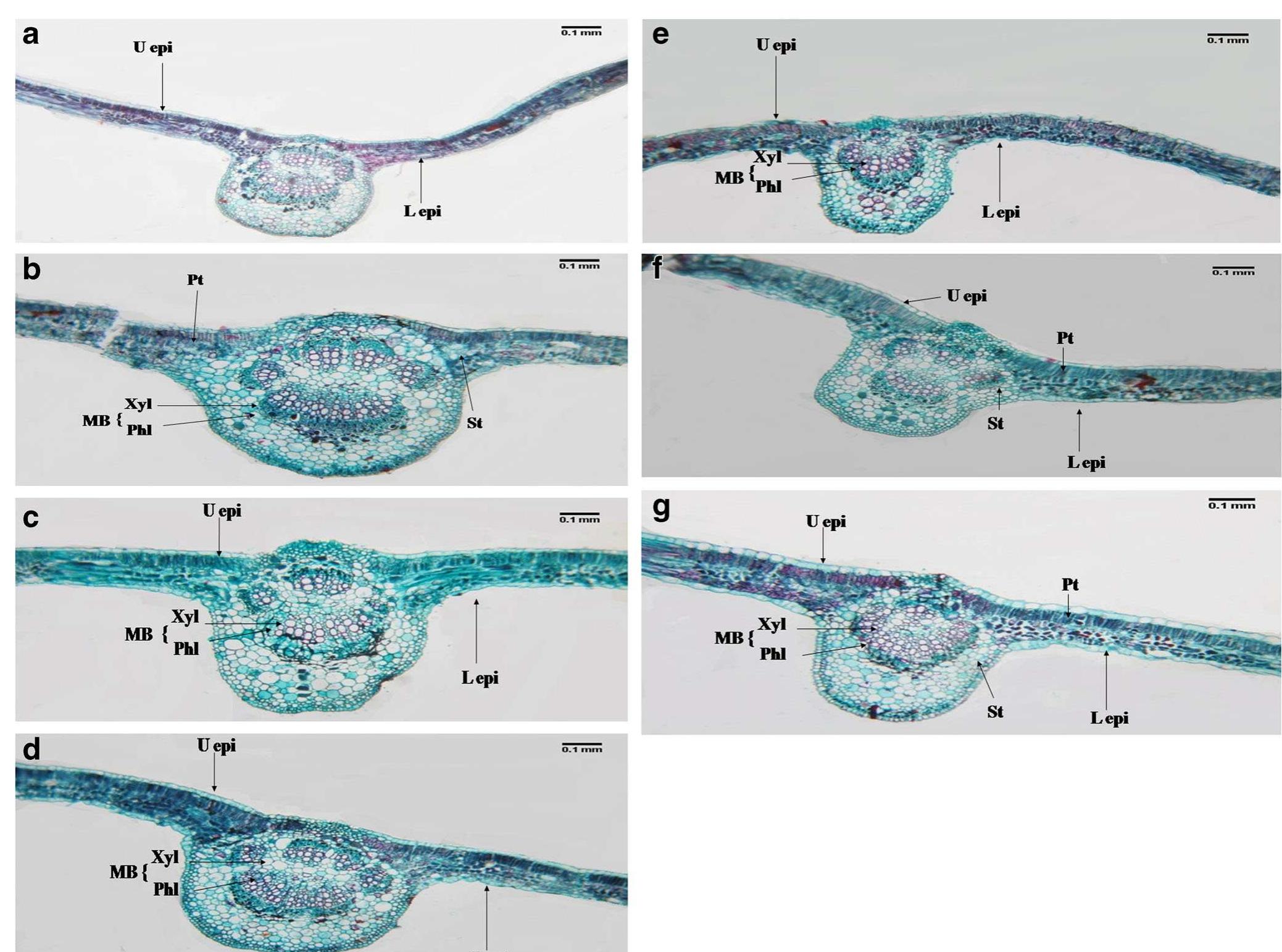Key research themes
1. How do different substrates and beneficial microorganisms affect seed germination in horticultural species like Punica granatum and Poncirus trifoliata?
This research area evaluates the role of natural fiber substrates derived from insects (e.g., silkworm cocoons) and plants (e.g., cotton wool, gauzes) in promoting seed germination, alongside the effects of microbial inoculants such as Bacillus spp., Azotobacter spp., Saccharomyces boulardii, and Saccharomyces cerevisiae. Understanding these interactions is pivotal for optimizing germination rates and seedling vigor, particularly in economically important fruit crops and rootstocks. It explores how microbial supplementation and substrate composition modulate the physical and biochemical environment to enhance or inhibit seed sprouting and early growth.
2. What genetic and phylogenetic methods advance identification and classification of fungal and oomycete pathogens relevant to veterinary and human medicine?
This theme encompasses the application of molecular approaches such as multi-locus sequence analysis (MLSA), mitochondrial genome sequencing, polymerase chain reaction-restriction fragment length polymorphism (PCR-RFLP), and marker gene (e.g., SSU rRNA, cox1) phylogenies to accurately delineate and describe novel microbial taxa. Particularly, it addresses the taxonomic challenges posed by complex, polyphyletic, or morphologically ambiguous organisms, including medically significant fungi and oomycetes. Improved genetic resolution is crucial for distinguishing emerging pathogens, informing diagnostics, guiding treatment strategies, and understanding evolutionary relationships across diverse host-pathogen systems.
3. What are the taxonomic and antimicrobial properties of novel Streptomyces species isolated from underexplored environments?
Research under this theme focuses on the polyphasic taxonomy, genomic characterization, and antimicrobial bioactivity screening of novel Streptomyces isolates sourced from unique habitats such as marine sediments, bats, mangrove forests, and lava tubes. Integration of 16S rRNA and multi-locus sequence data, DNA-DNA hybridization, chemotaxonomic profiling, and genome-wide analysis facilitates delineation of new species. Besides taxonomic insights, bioactivity assays against pathogens assess their potential as sources of novel antimicrobial agents, important for addressing multi-drug resistant infections.








